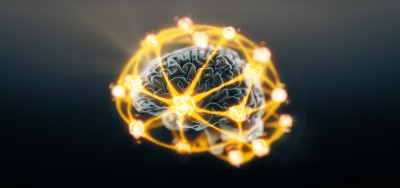Ocean warming reduced the body sizes of fishes in the "twilight zone" in past interglacial
University of ViennaFishes living in the twilight zone of the oceans reduce atmospheric carbon dioxide and are a huge food resource, but little is known about their response to climate warming. Geologist-Palaeontologist Konstantina Agiadi from the University of Vienna led a study funded by the Austrian Science Fund (FWF) that used fossils to answer this question. The results, published by the international team in the journal Proceedings of the Royal Society B: Biological Sciences, suggest that mesopelagic fishes overall shrink with warming.































